If you’ve been keeping up with what’s new in the car world, then you’ll have heard of the Subaru REX. If you missed this bit of news, then be aware that it is a rebadged version of the Toyota Raize. So how did Subaru go on to make the REX stand out from its Toyota sibling? Well, let’s compare the two to find out.
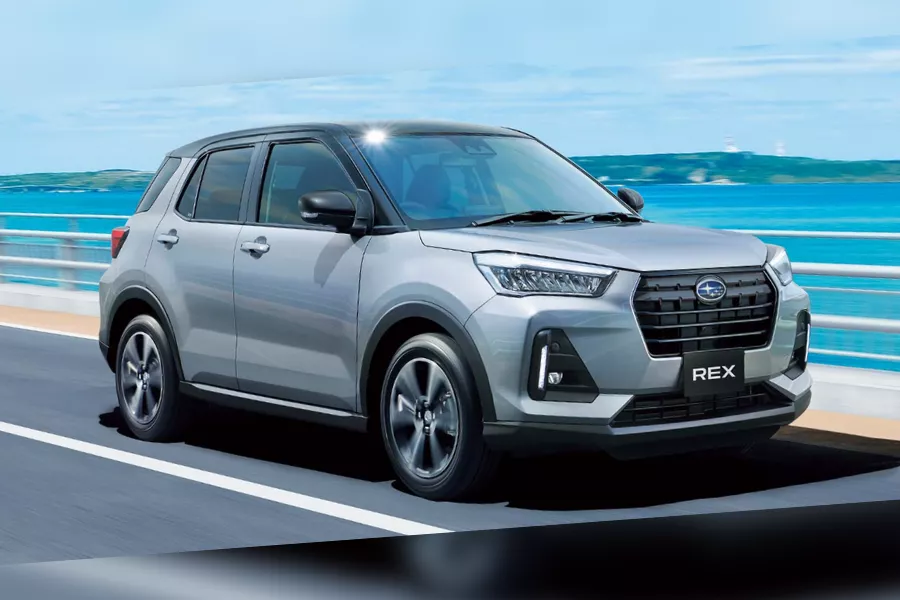
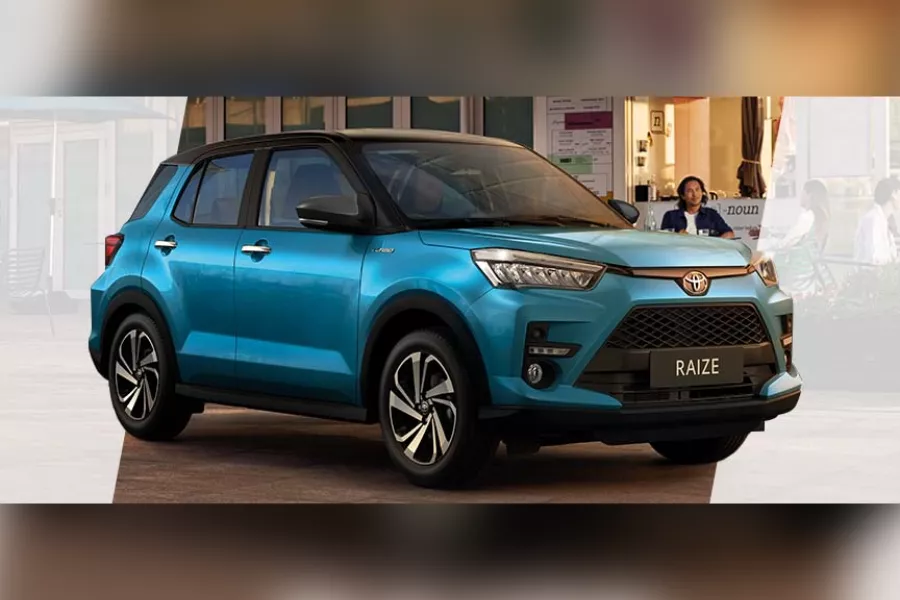
Use the slider to compare the Subaru REX (left) and the Toyota Raize (right)
Exterior
From the get-go, both subcompact crossovers feature slightly different-looking front fascias. The Toyota model gets a trapezoidal mesh grille, while the Subaru comes with a slatted hexagonal grille. Both do come with similar-looking headlamp clusters, though the Toyota one gets a black trim just under the grille linking the said headlamps, while the Subaru does not.
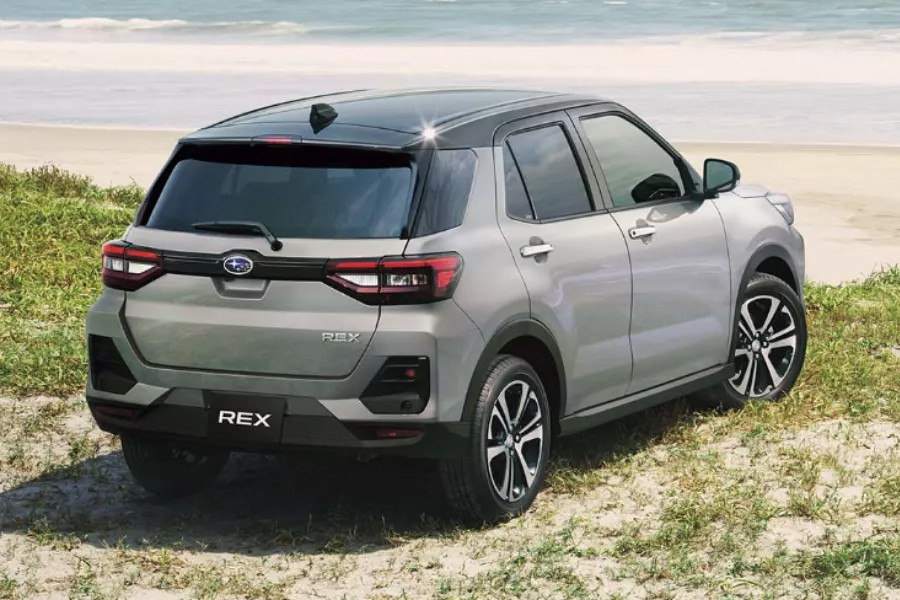
The Subaru REX from the rear
Both also get different-looking fog lamp housings where the one on the REX is more triangular, while the ones on the Raize are more compact. The REX also gets a faux skid plate which isn’t present on the Toyota Raize.
From the sides though, this is where the obvious differences blur a bit. These two largely come with the same silhouette, and they even get the same window and door outlines. The Subaru does get a more prominent silver-colored side skirt, while the Toyota sports the usual black plastic cladding.
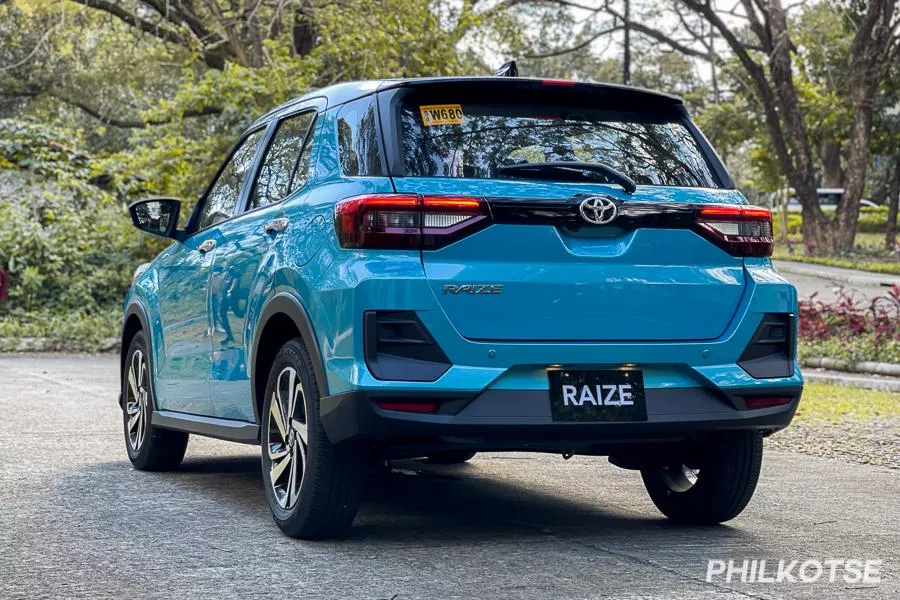
The Toyota Raize from the rear
Then again, both models get plastic cladding on their wheel arches. But of course, each of them rides on a set of differently styled alloy wheels. Both the G and Z trim levels for the Subaru REX do come with a 17-inch set, while the Raize gets a 17-inch or 16-inch set depending on the variant.
Moving towards the rear of the REX and Raize, then you’ll find the same blocky, angular look. Both even sport the same smoked square-ish LED taillamps, which are linked together by a black-colored trim piece. Their lower rear bumper section also looks identical.
To top it all off figuratively and literally, both may also come in a two-tone, black-top paint scheme, as well as offer a sharkfin antenna.
Interior
Step inside either of these crossovers and you’ll be seeing double. This is because the Subaru REX retains the same dashboard and center console layout as the Toyota Raize. The shapes on their air-conditioning vent houses even assume the same boxy designs. Their urethane-wrapped steering wheels also come with the same look, albeit sporting different brand logos for obvious reasons. Both models also come with the same Y-pattern design on their fabric seats.
Both vehicles also get an automatic climate control system and a seven-inch TFT digital instrument cluster. Both models also come standard with manually adjustable front seats plus a nine-inch head unit with Apple CarPlay and Android Auto.
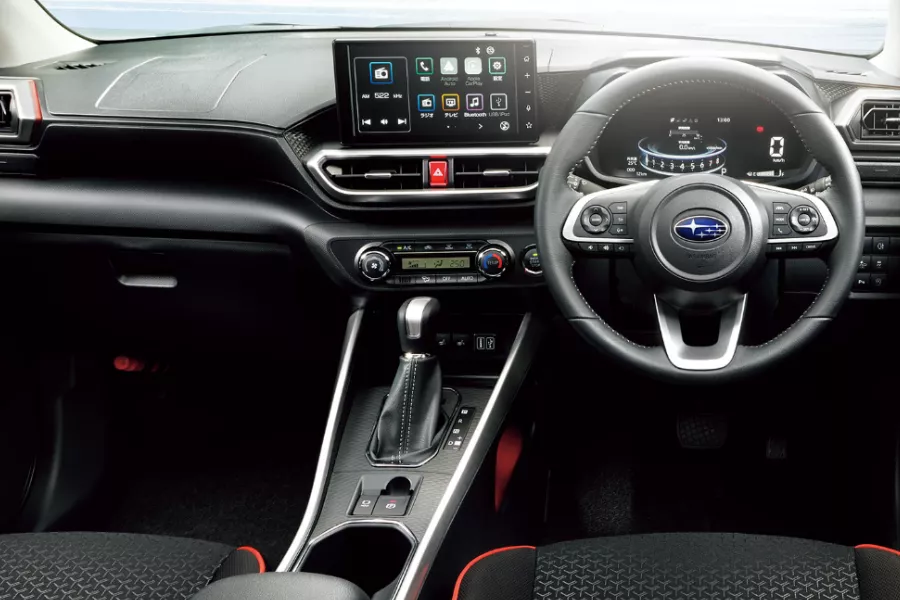
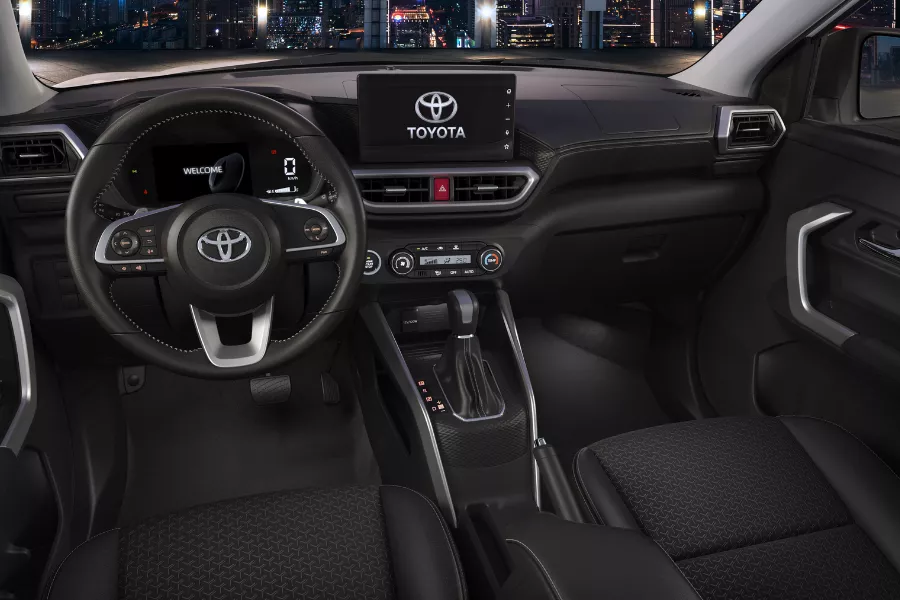
Spot the differences between the Subaru REX's and the Toyota Raize's interiors
The Subaru REX for Japan does have more driver-assist features compared to the locally available Toyota Raize. For instance, the Raize only gets blind-spot monitoring and rear cross traffic alert, whereas the REX gets those two while adding on adaptive cruise control, automatic parking, and collision mitigation braking.
The REX also gets an electronic parking brake, while the locally available REX does not. For that matter, it also has a longer center console with an additional cup holder, compared to the Toyota’s shorter, sloped one.
Engine & Performance
Another thing that Subaru decided to tone down its engine options, at least when compared to our version of the Raize. To further specify, the Japanese-spec REX is only available with a 1.2-liter WA-VE inline-3 mill. Yes, this is the same engine found on the Philippine-spec Raize G CVT, Raize E CVT, and Raize E MT.
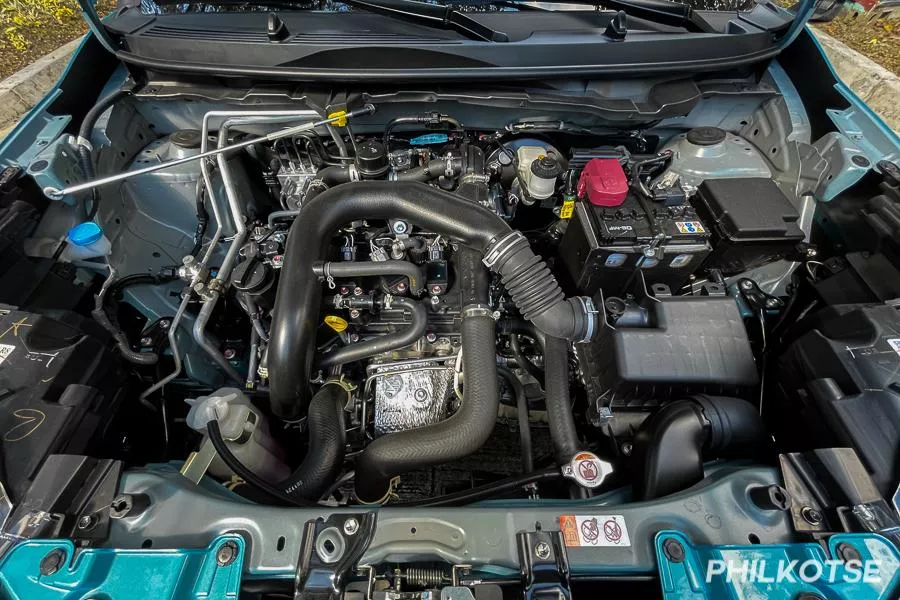
Only the Toyota Raize gets a 1.0-liter turbo engine
In turn, the 1.0-liter turbo version available to the locally sold top-spec Raize is not present in Japanese-spec REX. The Subie also doesn’t come with a manual gearbox that is present on the entry-level version of the Philippine market Toyota Raize.
Last but not the least is the fact that Subaru has decided to limit the availability of the REX in Japan. Specifically, only 150 units will be produced per month. This of course means that the chance for the REX making it to the Philippine market is slim.
![The 1.2-liter WA-VE engine available for both the Subaru REX and Toyota Raize [Photo: オーバードライブ83] A picture of the Subaru REX/Toyota Raize's 1.2-liter mill](https://img.philkotse.com/temp/2024/07/26/wa-ve-engine-by-83-c346-wm-956f.webp)
The 1.2-liter WA-VE engine available for both the Subaru REX and Toyota Raize [Photo: オーバードライブ83]
These are the key differences between the Subaru REX and the Toyota Raize platform siblings. For more articles like this, keep it here on the Philippine’s largest automotive portal.
Recent posts
- 2023 subaru rex raize twin Nov 11, 2022
- Toyota Raize low monthly plan philippines Nov 11, 2022
- Toyota Motor Philippines price update Sep 02, 2022
















